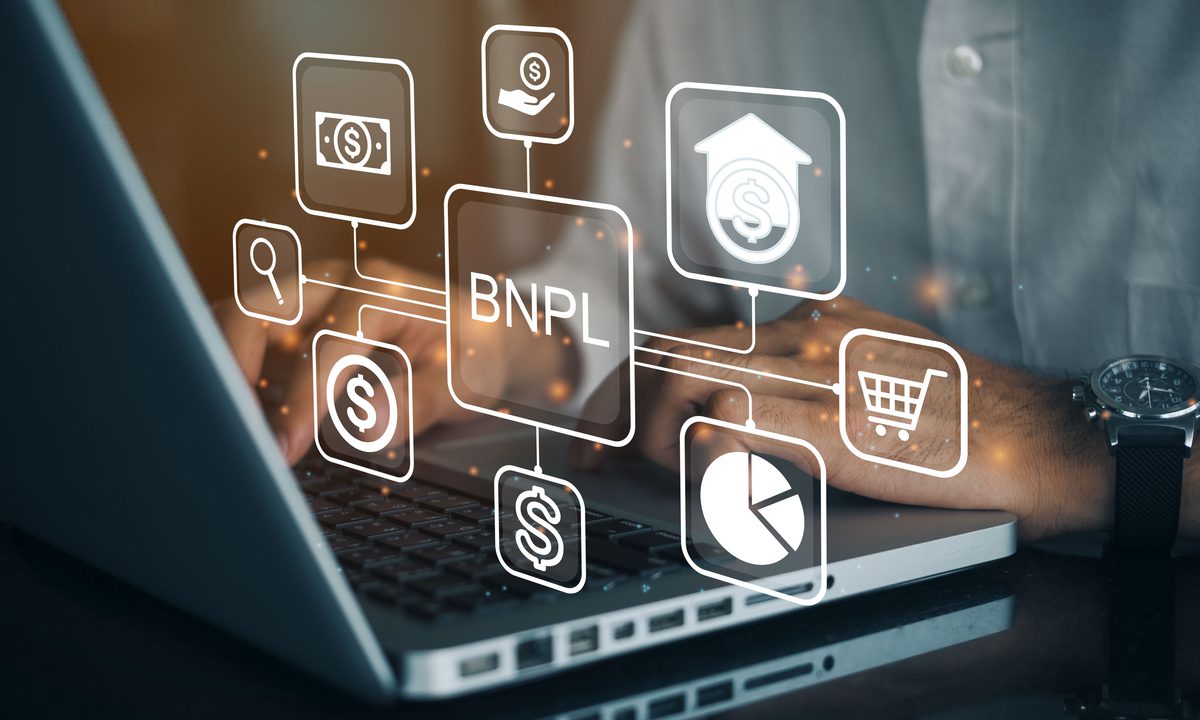BNPL Providers Defy Skeptics With Dearth of Defaults

Buy now, pay later (BNPL) firms — and their customers — seem to be handling macro pressures well. Provisions for losses are growing, though transaction volumes are too, indicating that the relatively new business model is resilient.
Inflation is red-hot. Consumers are living paycheck to paycheck, as readers of this space well know.
For many of the younger, digital-only firms seeking to disrupt financial services and lending … well, they’ve not been here before.
Conventional wisdom might hold that for the relatively nascent buy now, pay later (BNPL) firms operating in the U.S. and in Europe, delinquencies would be significant and perhaps alarming amid all the macro volatility.
Connect the data dots a bit, here and there, that are part and parcel of earnings reports, and predictions of the demise of BNPL’s business models, the credit underwriting, seem greatly exaggerated.
Some Buildup of Provisions
Which is not to say that these companies are not building reserves and provisions in a bid to meet any expected losses. But as Affirm and Afterpay commentary and filings attest, the economics remain strong, as does overall growth.
In Affirm’s latest results, the company reported an increase in merchants added over the past year, which rose to 207,000 from just 12,000 in 2021. And at the same time, active customers more than doubled to 12.7 million.
Supplemental materials released by Affirm show allowance for losses on loans held for investment stood at 6.4% in the most recent quarter, up from 5.2% from a year ago (in the fiscal third quarter) but down markedly from the spring of 2020, when the pandemic raged, and the allowance was 14.6%. Drilling down a bit, delinquencies stretching beyond 30 days, as a percentage of active balances stood at a bit more than 2%.
Affirm Chief Financial Officer Michael Linford said that “while the provision for credit losses increased year over year, as a reminder, last year’s provision was net negative, given the release of excess COVID-related loan allowance.”
Separately, Zip’s own half-year results show that the group’s receivables portfolio increased 25.6% to $2.5 billion at the end of last year, up from just under $2 billion at mid-year in 2021. All told, the provision for expected credit losses was 5.6% of the gross receivable portfolio at Dec. 2021, compared to mid-year. Klarna said in its year-end filing that credit loss rates have been reduced by more than 30% since 2019, where the latter, if one applies 2021 credit loss rates to 2019 merchandise volume — evidence of underwriting efficiencies.
It must be noted that the impact of the torqued-up inflation rate that has been a hallmark of 2022 has yet to flow through these statements. But as reflected in other firms’ commentary on BNPL, such as Marqeta (where BNPL transactions more than doubled), demand remains on the upswing. If we see some reversals – where, say BNPL activity slows markedly, or declines, and provisions continue to creep up … that’s when some real concerns may set in.
